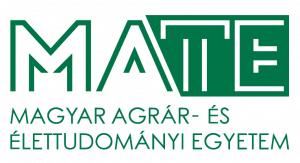2.2 Enhancing crop resilience and resistance
Plant management
The development of diseases and pests, their monitoring and the application of plant protection products are significantly influenced by the various plant management measures that are carried out on the plants we grow. Different interventions are carried out on different crops, yet they should provide balanced vegetative and generative growth for all crops. Thus, during certain critical periods of development, vigour is reduced, while better nutrition of fruits is provided, which increases their fertility and quality. In addition, by removing redundant vegetative organs (such as laterals, tops of shoots, leaves in the fruit zone or shoots from the trunk) ventilation and quick drying take place which create unfavourable conditions for the fungal diseases’ development.
Winter pruning is regularly carried out in permanent crops such as vineyards and orchards, which has a similar purpose as the interventions carried out during the growing season. When performing winter pruning, from the phytosanitary point of view, it is important to leave only the shoots without symptoms of diseases and remove all unnecessary parts where pests can overwinter. It is not appropriate to chop the pruning residues and leave them on the ground as mulch or plow them into the soil since they can be a source of infection in the next vegetation.
It is required to remove all the shoots discarded by pruning from fields with perennial crops, and to remove all leftovers after harvesting annual crops since they can be an infection source in the next growing season. This is especially important for highly infectious pathogens that develop early in the growing season from the debris of the previous one. Composting plant debris will ensure the circulation of nutrients within the farm. During the production of compost, a high temperature develops which destroys pests, thus the obtained organic fertilizer can be incorporated into the soil without the danger of spreading the infection.
It is recommended to continuously remove infected plant parts while the level of infection is still low during the growing season.





